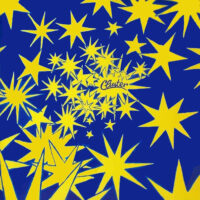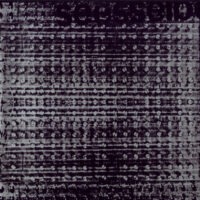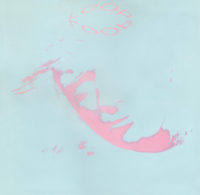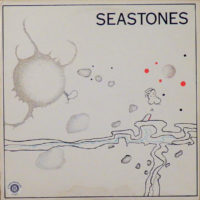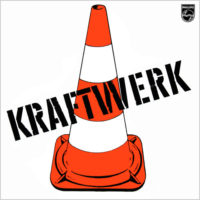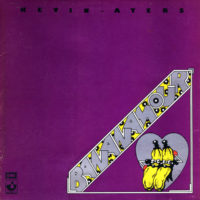
Better late than never, the 2020 archival release San Francisco Moog 1968-72: Vol. 1 introduced a lot of people to Bay Area synthesist/composer Doug McKechnie. Now 80, McKechnie somehow had gone barely noticed as a Moog pioneer, despite opening for the Rolling Stones at the Altamont Speedway Free Festival in 1969 and appearing in the Maysles brothers’ documentary of said tragic event, Gimme Shelter. Although McKechnie performed often during the years outlined by the title of this second collection of his largely improvised electronic works, he only released a couple of cassettes back then. The Moog craze of those days somehow did not sweep up Mr. McKechnie.
Perhaps Doug’s music didn’t draw much attention in those days because it lacked a gimmicky concept, which was typical of vintage Moog-centric records. Plus, he didn’t have the academic imprimatur that some of his peers enjoyed. Rather, McKechnie was a lone-wolf hippie, relying on his instincts to create extraordinary sounds on the Moog Modular Series III synth, to which he fortuitously gained access because his audiophile/electronics wiz roommate, Bruce Hatch, owned one. McKechnie became so adept with the new instrument, he gave lectures about it and demonstrations of it in colleges and other schools.
San Francisco Moog 1968-72: Vol. 2 further delves into McKechnie’s vaults from that heady era. The first volume’s rippling drones, grand melodies, ominous throbs, and eerie drifts predated and resembled some of the things happening with the work of German artists such as Klaus Schulze, Tangerine Dream, and Ashra. The second one skews a bit weirder and more introspective. “Search For An Honest Man” recalls Moog superstar Mort Garson’s peak-era winsome melodiousness and bleak chirpiness. “Live At The Family Dog” offers a premonition of minimal techno, with its pinprick percussion and spaciousness, before it shifts into a wickedly warped k-hole of Doppler-effected “wow”s and “whoa”s.
If you’re a fan of Keith Emerson’s flamboyant flourishes in ELP, you’ll dig the bold, spasmodic piece “Moving.” “Mr. Toad’s Wild Ride” is a wildly oscillating excursion, like Tonto’s Expanding Head Band experiencing an anxiety attack while “Rumble Ramp Explosion,” as the title helpfully discloses, is an extreme display of tone dispersion and simulated rocket ascension and explosion. True mindfuckery. The best track here is also the longest: over its 11-plus minutes, the meticulously designed “Glide” features a main Moog motif that icily radiates over insistent pulsations, and thus enters the massive pantheon of intense sci-fi-film suspense-builders.
The VG+ label has compiled both San Francisco Moog LPs onto one CD, if you prefer that format. One way or another, you should get this music into your ears for easy transport out of this mundane reality. -Buckley Mayfield
Located in Seattle’s Fremont neighborhood, Jive Time is always looking to buy your unwanted records (provided they are in good condition) or offer credit for trade. We also buy record collections


